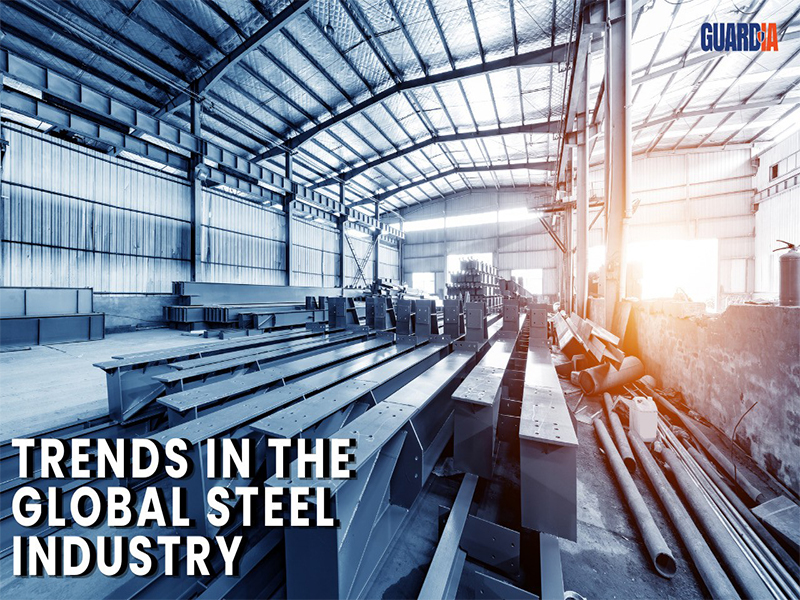Steel production is a carbon and energy-intensive industry, releasing 1.9 tons of CO2 and requiring 5.17 MWh of primary energy per ton produced, on average, globally, resulting in 9% of all anthropogenic CO2 emissions. According to the Paris Agreement, the global temperature increase should be limited to below 1.5 degrees compared to pre-industrial levels. To achieve this, the structure of global steel manufacturing should be changed fundamentally.
There are many technological paths that can lower the carbon intensity for steelmaking that can bring with them a paradigm shift and decouple CO2 emissions from crude steel production. By transitioning from traditional methods of steel production using fossil coal and fossil methane to those based on low-cost renewable electricity and green hydrogen, a decrease in carbon footprint is possible.
Under the studied conditions, global steel production is projected to see reductions in final thermal energy demand of between 38.3% and 57.7% and increases in total electricity demand by factors between 15.1 and 13.3 by 2050, depending on the scenario. Furthermore, CO2 emissions from steelmaking can be reduced to zero.
